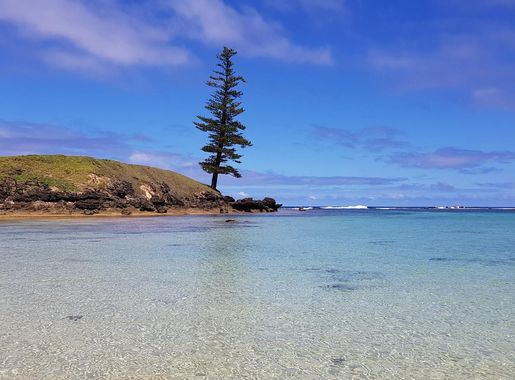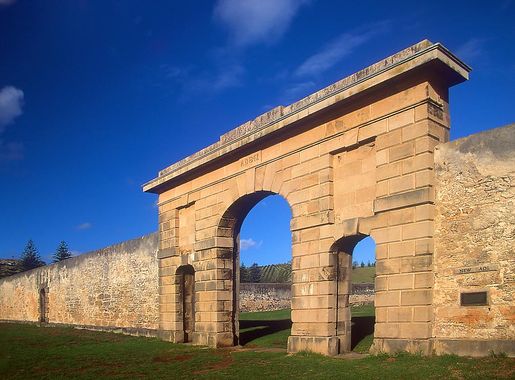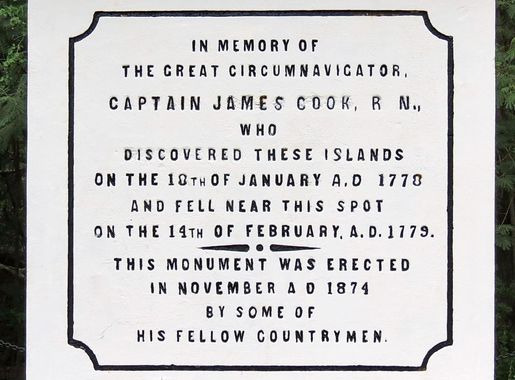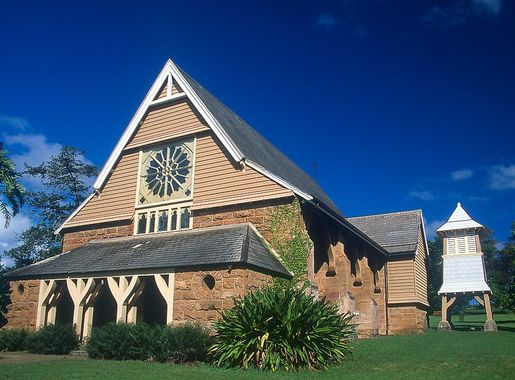
Point Ross: A Serene Escape in Norfolk Island
Discover the tranquility and natural beauty of Point Ross on Norfolk Island, where breathtaking ocean views and lush landscapes await.
Point Ross on Norfolk Island is a hidden gem that offers a serene and picturesque escape. Located on the southern tip of the island, it boasts breathtaking views of the vast Pacific Ocean. The landscape is dotted with towering pine trees and rugged cliffs that make for a perfect backdrop for nature lovers and photographers alike. Visitors will find Point Ross to be a peaceful retreat from the hustle and bustle of everyday life. It's an ideal spot for a leisurely hike, with trails that meander through lush greenery and offer panoramic vistas. The area is also rich in history, with remnants of the island's past that tell the story of its early settlers and convict heritage. Whether you're interested in exploring the natural beauty, delving into the history, or simply relaxing by the sea, Point Ross has something for everyone. The tranquil environment and stunning scenery make it a must-visit destination on Norfolk Island.
Local tips in Point Ross
- Wear comfortable walking shoes for the trails.
- Bring a camera to capture the stunning views.
- Visit early in the morning for a peaceful experience.
- Check the weather forecast before heading out.
- Pack a picnic to enjoy by the sea.
Point Ross: A Serene Escape in Norfolk Island
Point Ross on Norfolk Island is a hidden gem that offers a serene and picturesque escape. Located on the southern tip of the island, it boasts breathtaking views of the vast Pacific Ocean. The landscape is dotted with towering pine trees and rugged cliffs that make for a perfect backdrop for nature lovers and photographers alike. Visitors will find Point Ross to be a peaceful retreat from the hustle and bustle of everyday life. It's an ideal spot for a leisurely hike, with trails that meander through lush greenery and offer panoramic vistas. The area is also rich in history, with remnants of the island's past that tell the story of its early settlers and convict heritage. Whether you're interested in exploring the natural beauty, delving into the history, or simply relaxing by the sea, Point Ross has something for everyone. The tranquil environment and stunning scenery make it a must-visit destination on Norfolk Island.
When is the best time to go to Point Ross?
Iconic landmarks you can’t miss
Captain Cook Lookout
Experience stunning views and rich history at Captain Cook Lookout, a must-see destination on Norfolk Island for nature lovers and explorers.

Channers On Norfolk - Norfolk Island Holiday Packages, Tours, Accommodation | Travel to Norfolk Island
Experience the serene beauty of Norfolk Island with a stay at Channers On Norfolk, offering self-catering accommodations and easy access to local attractions.
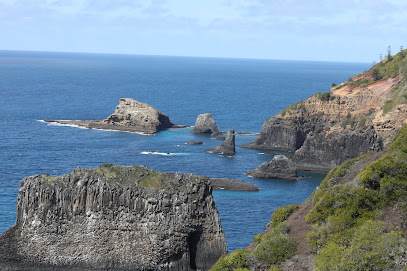
Norfolk Island National Park
Explore Norfolk Island National Park, a natural haven of stunning landscapes, diverse wildlife, and rich history waiting to be discovered by every traveler.
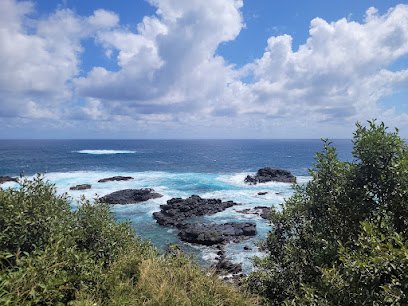
Mount Pitt Lookout
Experience stunning panoramic views and rich history at Mount Pitt Lookout, the perfect escape for nature lovers on Norfolk Island.

Visitor Information Centre
Explore the heart of Norfolk Island at the Visitor Information Centre—your essential guide to local attractions, heritage, and adventures.

Queen Elizabeth Lookout
Experience the breathtaking panoramas of Norfolk Island at the Queen Elizabeth Lookout, a must-visit vista point for nature lovers and photographers.

Hundred Acres Reserve
Discover the serene beauty of Hundred Acres Reserve, a nature preserve in Norfolk Island perfect for relaxation, hiking, and wildlife observation.

No 10 Quality Row House Museum
Explore the rich heritage of Norfolk Island at No 10 Quality Row House Museum, where history comes alive through captivating exhibits and serene gardens.
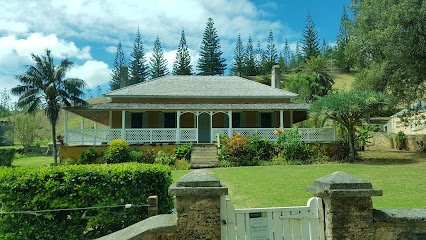
The Hilli Goat
Experience the charm of sustainable farming and artisanal cheese at The Hilli Goat on Norfolk Island, a perfect destination for food lovers.
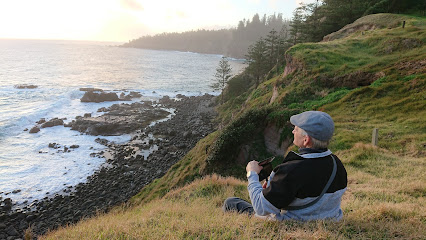
Cascade Pier
Discover the beauty and tranquility of Cascade Pier, a picturesque fishing pier on Norfolk Island with stunning ocean views and vibrant marine life.

Fletcher’s Mutiny Cyclorama
Explore the captivating history of the Mutiny on the Bounty at Fletcher’s Mutiny Cyclorama, a must-see heritage museum on Norfolk Island.

Norfolk Island Transfers
Explore Norfolk Island with ease and comfort through Norfolk Island Transfers, your go-to tour operator for unforgettable journeys in this stunning destination.
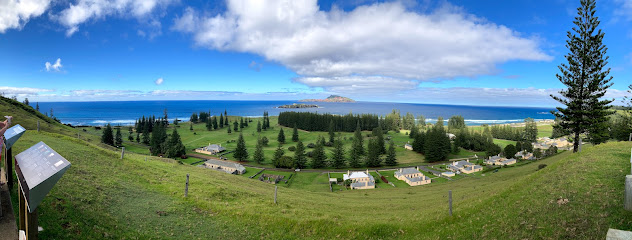
Cockpit Waterfall
Discover the serene beauty of Cockpit Waterfall, a hidden waterfall gem on Norfolk Island, perfect for nature lovers and adventure seekers alike.
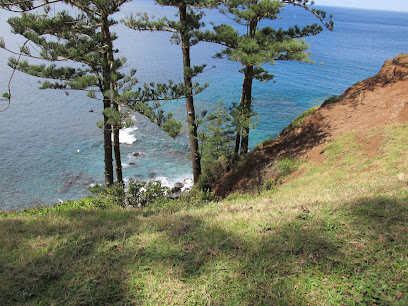
Bloody Bridge
Explore Bloody Bridge, a historical landmark on Norfolk Island that reveals the island's convict past while offering stunning views and serene surroundings.

Discovery Centre
Explore the rich natural history of Norfolk Island at the Discovery Centre, where ecology and culture come alive in a stunning natural setting.
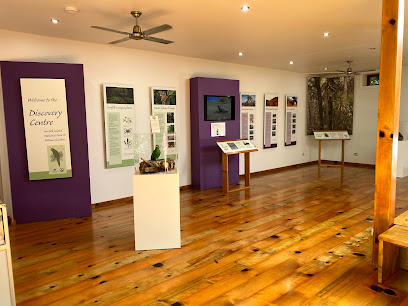
Unmissable attractions to see
Norfolk Island Liquor Bond Store
Explore the Norfolk Island Liquor Bond Store for an extensive selection of local and international wines, spirits, and liquors in Burnt Pine.

Norfolk Island Liquors
Explore the exquisite world of Norfolk Island Liquors, where local craftsmanship meets unique flavors in a charming setting.

Essential places to dine
The Olive
Discover delightful dining at The Olive in Burnt Pine - where local ingredients meet innovative cuisine for an unforgettable meal.

Hilli Restaurant & Cafe
Discover exceptional local cuisine at Hilli Restaurant & Cafe on Norfolk Island—where flavor meets breathtaking scenery.

The Bowlo Bistro
Experience the best of Norfolk Island dining at The Bowlo Bistro—where local flavors meet warm hospitality in a charming setting.
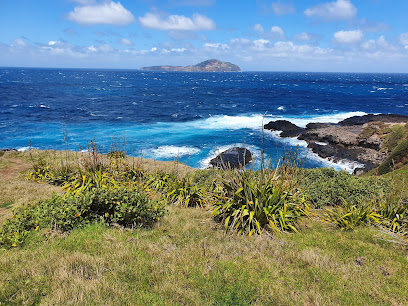
Bounty Bar & Grill
Experience delectable Western cuisine at Bounty Bar & Grill in Burnt Pine, Norfolk Island - where flavor meets island charm.
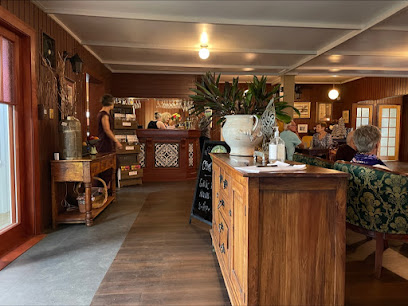
The Golden Orb Cafe
Discover the flavors of Norfolk Island at The Golden Orb Cafe - where fresh ingredients meet cozy ambiance.
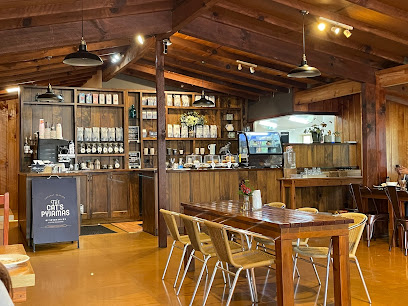
Norfolk Island National Park
Discover the untouched beauty and diverse ecosystems at Norfolk Island National Park, a haven for nature lovers and adventurers.
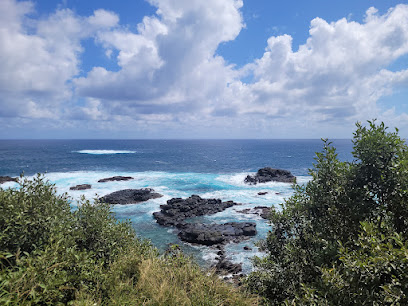
Castaway Norfolk Island & Norfolk Island Brewing
Experience luxury and local flavor at Castaway Norfolk Island - your perfect getaway destination for relaxation and adventure.

The Homestead Restaurant
Experience exquisite Western cuisine at The Homestead Restaurant on Norfolk Island amidst breathtaking views and exceptional service.
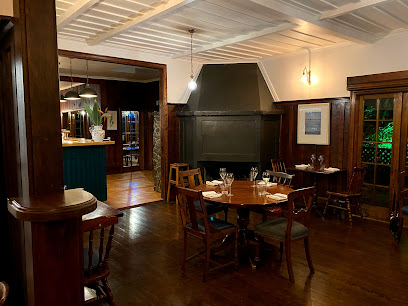
High Tide Kitchen
Discover High Tide Kitchen: A charming café in Burnt Pine offering fresh local cuisine and a warm atmosphere on beautiful Norfolk Island.
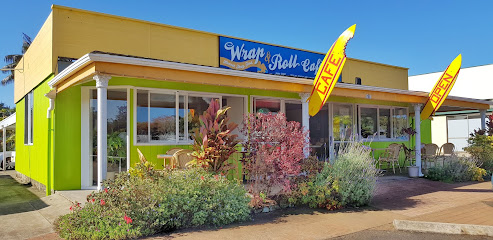
Norfolk Island Brewing
Experience unique craft beers at Norfolk Island Brewing – where local flavors meet island charm in every sip.
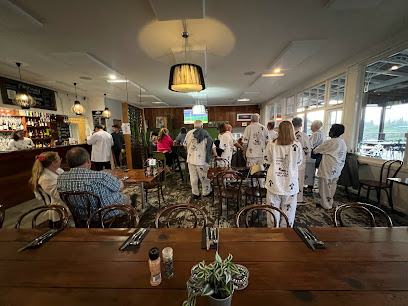
Salty Beer Garden
Discover family-friendly dining at Salty Beer Garden on Norfolk Island - where fresh flavors meet breathtaking outdoor views.
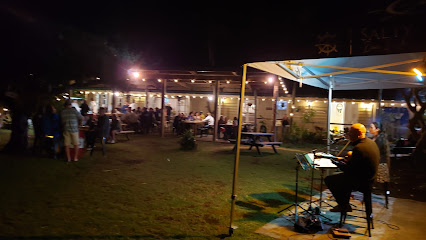
Slick and Sons
Discover gourmet delights at Slick and Sons in Norfolk Island – where quality meats meet artisanal grocery treasures.
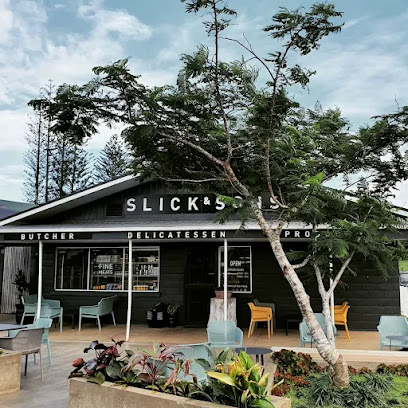
Black Anchor Bar
Discover the lively atmosphere at Black Anchor Bar on Norfolk Island – where great drinks meet local charm.
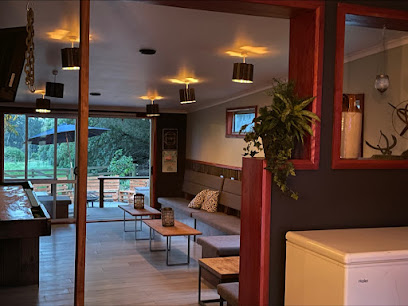
Wildcraft Norfolk Island
Experience local flavors at Wildcraft Norfolk Island - where fresh ingredients meet warm hospitality in a charming café setting.
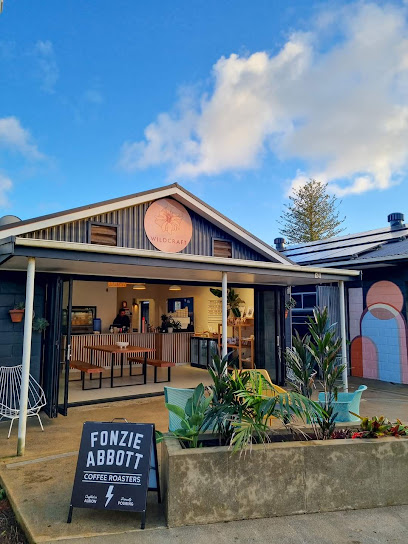
The Reef Takeaway
Experience the ultimate fish and chips at The Reef Takeaway in Burnt Pine - where freshness meets flavor on Norfolk Island.
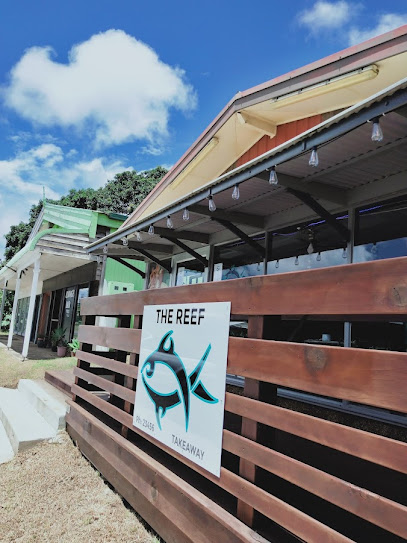
Markets, malls and hidden boutiques
Norfolk Island National Park
Discover the breathtaking landscapes and rich history of Norfolk Island National Park, a sanctuary for nature lovers and adventure seekers alike.
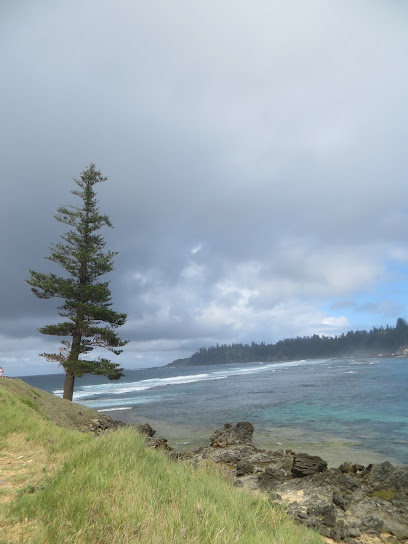
Bounty Museum
Uncover the maritime mysteries of the HMS Bounty at the Bounty Museum on Norfolk Island, where history and culture come alive.

Pete's Place
Explore Pete's Place, a charming general store on Norfolk Island offering local goods, souvenirs, and a taste of island culture.

No 10 Quality Row House Museum
Discover the captivating history of Norfolk Island at No 10 Quality Row House Museum, a treasure trove of exhibits and stories.

Prinke Eco Store
Explore Prinke Eco Store in Burnt Pine for organic coffee and local produce, a perfect blend of sustainability and flavor on Norfolk Island.

Burnt Pine Town Centre
Discover the charm of Burnt Pine Town Centre, the premier shopping destination on Norfolk Island, filled with unique crafts, boutiques, and local cuisine.
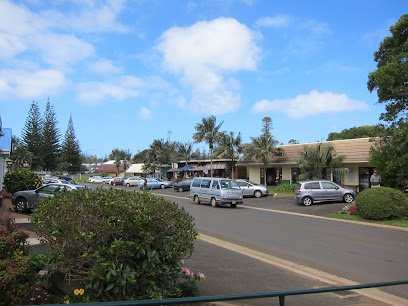
Slick and Sons
Discover the finest quality meats and gourmet groceries at Slick and Sons, a culinary treasure on Norfolk Island offering a delightful local shopping experience.
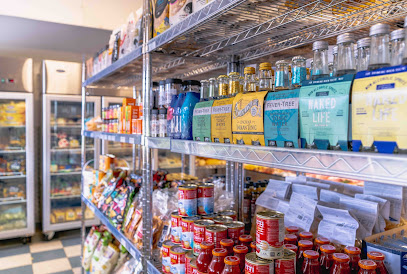
Fletcher’s Mutiny Cyclorama
Discover the rich history of Norfolk Island at Fletcher’s Mutiny Cyclorama, an immersive heritage museum that captures the island's captivating past.

Bounty Centre
Explore the charming Bounty Centre for unique Norfolk Island souvenirs and local crafts, perfect for every traveler seeking authentic mementos.
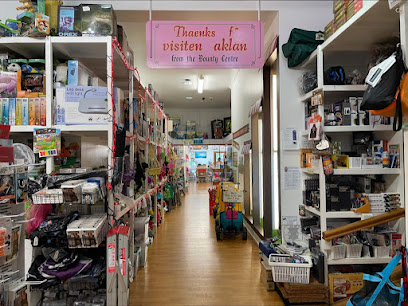
The R.E.O.
Discover the rich history and vibrant culture of Norfolk Island at The R.E.O., a captivating museum experience for all ages.
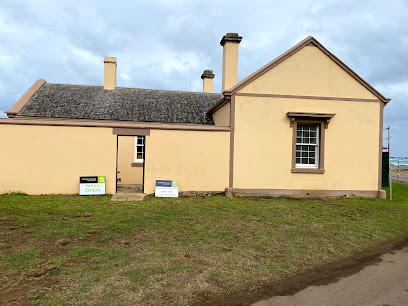
Norfolk Island Liquors
Explore the finest selection of alcoholic beverages at Norfolk Island Liquors, your premier destination for quality drinks on the island.
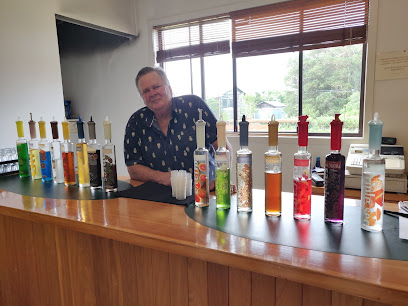
The Research Centre
Explore Norfolk Island's rich history at The Research Centre, a heritage museum showcasing the island's captivating stories and artifacts.

Two Chimneys Wines
Experience the best of Norfolk Island's winemaking at Two Chimneys Wines, where stunning views and exquisite flavors await.
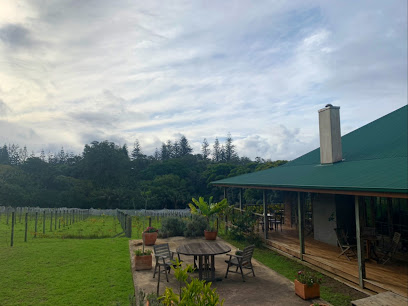
Franks shoes
Explore Frank's Shoes in Burnt Pine, Norfolk Island for unique footwear that combines comfort and style, perfect for your island adventures.

Gallery Guava
Explore Gallery Guava: A hub of artistic expression and local culture on Norfolk Island, showcasing the best of the region's vibrant art scene.
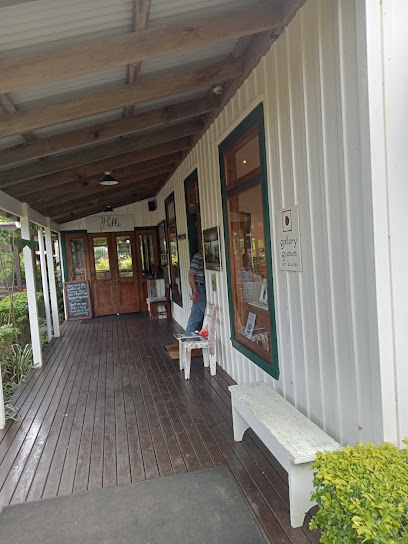
Essential bars & hidden hideouts
The Olive
Discover the flavors of Norfolk Island at The Olive, where fresh, local ingredients meet warm hospitality.
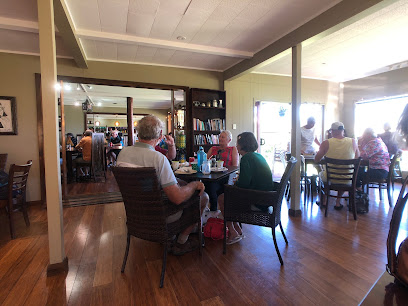
Hilli Restaurant & Cafe
Discover the flavors of Norfolk Island at Hilli Restaurant & Cafe, where exquisite dishes meet breathtaking views for a unique dining experience.

The Bowlo Bistro
Experience the flavors of Norfolk Island at The Bowlo Bistro, where fresh local ingredients meet warm hospitality in a cozy setting.
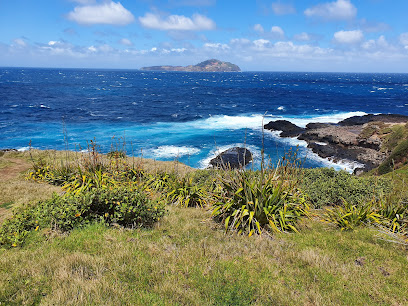
Bounty Bar & Grill
Discover the flavors of Western cuisine at Bounty Bar & Grill, where exceptional food meets warm hospitality on beautiful Norfolk Island.
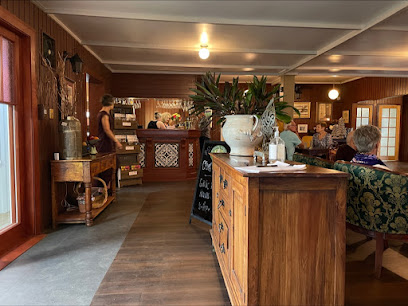
The Golden Orb Cafe
Experience the flavors of Norfolk Island at The Golden Orb Cafe, a delightful spot for fresh, local cuisine and a cozy atmosphere.
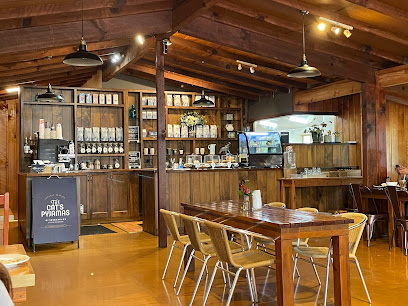
Castaway Norfolk Island & Norfolk Island Brewing
Experience the perfect blend of relaxation and local culture at Castaway Norfolk Island, featuring a charming resort and an on-site brewery.

The Homestead Restaurant
Discover the exquisite flavors of Western cuisine amidst breathtaking views at The Homestead Restaurant on Norfolk Island.

Norfolk Island Brewing
Experience the unique flavors of Norfolk Island Brewing, where local craftsmanship meets a vibrant atmosphere in Burnt Pine.
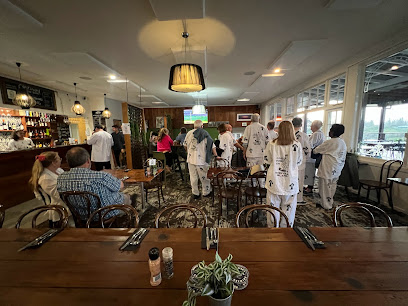
Salty Beer Garden
Experience a family-friendly dining oasis in Norfolk Island at Salty Beer Garden, where delicious food and stunning views come together.
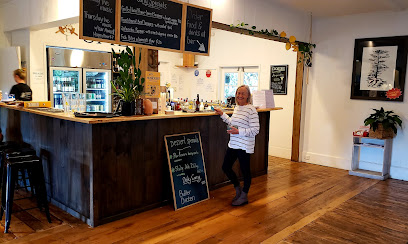
Black Anchor Bar
Discover the lively ambiance of Black Anchor Bar on Norfolk Island, a perfect spot for cocktails, camaraderie, and unforgettable nights out.
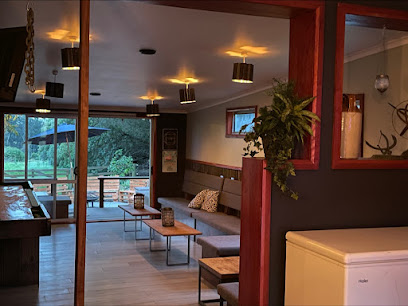
Wunna Bar & Lounge
Experience the charm of Wunna Bar & Lounge on Norfolk Island, where stunning views and refreshing drinks create the perfect escape.

The Boatshed
Discover the culinary gem of Norfolk Island at The Boatshed, where local flavors and stunning views converge for an unforgettable dining experience.

The Garden Restaurant and Bar
Discover a serene dining experience at The Garden Restaurant and Bar, where local flavors meet tranquil surroundings on Norfolk Island.
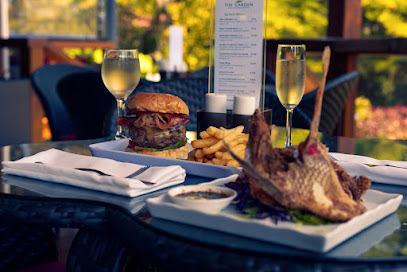
Norfolk Island Transit Lounge
Explore Norfolk Island's charm at the Transit Lounge, where relaxation meets local flavors in a cozy bar setting.

Local Phrases about Point Ross
-
- HelloG'day
[g'day] - GoodbyeSee ya
[see ya] - YesAye
[aye] - NoNah
[nah] - Please/You're welcomePlease/No worries
[please/no worries] - Thank youThanks mate
[thanks mate] - Excuse me/SorrySorry mate
[sorry mate] - How are you?How ya goin'?
[how ya goin'] - Fine. And you?All good. You?
[all good. you?] - Do you speak English?You speak English?
[you speak English?] - I don't understandI don't get ya
[I don't get ya]
- HelloG'day
-
- I'd like to see the menu, pleaseI'll have a squiz at the menu, cheers
[I'll have a squiz at the menu, cheers] - I don't eat meatI don't touch meat
[I don't touch meat] - Cheers!Chur!
[chur] - I would like to pay, pleaseKeen to settle up, thanks
[keen to settle up, thanks]
- I'd like to see the menu, pleaseI'll have a squiz at the menu, cheers
-
- Help!Help!
[help!] - Go away!Bugger off!
[bugger off!] - Call the Police!Ring the coppers!
[ring the coppers!] - Call a doctor!Get a quack!
[get a quack!] - I'm lostI'm fair dinkum lost
[I'm fair dinkum lost] - I'm illI'm crook
[I'm crook]
- Help!Help!
-
- I'd like to buy...I'm keen to buy...
[I'm keen to buy...] - I'm just lookingJust havin' a gander
[just havin' a gander] - How much is it?How much for that?
[how much for that?] - That's too expensiveBit rich for me
[bit rich for me] - Can you lower the price?Any chance of a discount?
[any chance of a discount?]
- I'd like to buy...I'm keen to buy...
-
- What time is it?What's the time, mate?
[what's the time, mate?] - It's one o'clockShe's one o'clock
[she's one o'clock] - Half past (10)Half ten
[half ten] - MorningArvo
[arvo] - AfternoonArvo
[arvo] - EveningEvenin'
[evenin'] - YesterdayYesty
[yesty] - TodayToday
[today] - TomorrowTomorrow
[tomorrow] - 1One
[one] - 2Two
[two] - 3Three
[three] - 4Four
[four] - 5Five
[five] - 6Six
[six] - 7Seven
[seven] - 8Eight
[eight] - 9Nine
[nine] - 10Ten
[ten]
- What time is it?What's the time, mate?
-
- Where's a/the...?Where's the...
[where's the...] - What's the address?What's the addy?
[what's the addy?] - Can you show me (on the map)?Can you point it out?
[can you point it out?] - When's the next (bus)?When's the next bus?
[when's the next bus?] - A ticket (to ....)A ticket to...
[a ticket to...]
- Where's a/the...?Where's the...
History of Point Ross
-
Point Ross, located on the southern tip of Norfolk Island, bears witness to the early Polynesian settlers who arrived around the 14th century. Archaeological findings indicate that these seafarers established temporary settlements in the area, leaving behind remnants of their pottery and stone tools. The Polynesians were known for their navigational expertise and their presence on Norfolk Island marks an important chapter in the island's pre-European history.
-
In 1774, Captain James Cook became the first European to sight and land on Norfolk Island. He named it in honor of the Duchess of Norfolk. Cook's exploration of the island, including Point Ross, paved the way for future British settlements. His favorable reports of the island's suitability for flax and timber cultivation were crucial in the decision to establish a penal colony there.
-
Point Ross played a significant role during the first penal settlement of Norfolk Island, established in 1788. The site was strategically chosen due to its isolation and natural defenses. Convicts were put to work in harsh conditions, felling trees and building infrastructure. The settlement at Point Ross was part of a broader British strategy to alleviate overcrowding in prisons back home and deter crime through harsh punishments in remote locations.
-
In 1825, Norfolk Island was re-established as a penal colony, and Point Ross once again became a focal point. This time, the island was used to house the most hardened and recidivist criminals. The conditions were notoriously brutal, and Point Ross saw the construction of new facilities, including barracks and punishment cells. This period is often remembered for its severe discipline and the harsh treatment of convicts.
-
In 1856, the descendants of the Bounty mutineers relocated from Pitcairn Island to Norfolk Island, including Point Ross. The British government had offered them resettlement due to overcrowding on Pitcairn. These new settlers brought with them a unique blend of Polynesian and European heritage, which significantly influenced the cultural landscape of Norfolk Island. The community at Point Ross integrated their traditions with the existing colonial structures, creating a distinctive cultural fusion that can still be seen today.
-
During World War II, Norfolk Island, including Point Ross, gained strategic importance. The island was used as a base for Allied forces, and defensive structures were constructed to protect against potential Japanese attacks. Point Ross saw the establishment of lookout posts and other military installations. The war period also brought a temporary influx of military personnel, which impacted the local culture and economy.
-
Today, Point Ross is a significant heritage site that attracts numerous visitors interested in its rich history. The area is dotted with remnants of its past, from convict ruins to military installations. Efforts have been made to preserve these historical sites while providing informative tours that educate visitors about the diverse chapters of Point Ross's history. The blending of natural beauty and historical intrigue makes Point Ross a must-visit destination on Norfolk Island.
Point Ross Essentials
-
Point Ross is located on Norfolk Island, which is accessible by air and sea. The main gateway is the Norfolk Island Airport (NLK), with regular flights from Sydney, Brisbane, and Auckland. Flights are operated by Air New Zealand and Qantas. Alternatively, cruise ships occasionally call at Norfolk Island, and you can arrange a sea voyage from Australia or New Zealand.
-
Norfolk Island is small, and transportation options are limited but adequate. Car rentals are popular and recommended for exploring the island at your own pace. There are several car rental agencies at the airport and in Burnt Pine, the main town. Driving is on the left side of the road. Taxis are also available, but it is advisable to book in advance. Additionally, bicycles and scooters can be rented for a more eco-friendly mode of transport.
-
The official currency on Norfolk Island is the Australian Dollar (AUD). Credit cards are widely accepted in most hotels, restaurants, and shops. There are a few ATMs located around Burnt Pine, but it is advisable to carry some cash for smaller purchases and in case of technical issues with card payments. Traveler's checks are not commonly used.
-
Norfolk Island, including Point Ross, is generally very safe for tourists. Crime rates are low, and the local community is friendly and welcoming. However, it is always wise to take standard precautions such as not leaving valuables unattended and being aware of your surroundings. There are no specific areas with high crime rates targeting tourists.
-
In case of emergency, dial 000 for immediate assistance. Norfolk Island has a well-equipped hospital located in Burnt Pine that can handle most medical emergencies. It is highly recommended to have travel insurance that covers medical emergencies. For minor health issues, pharmacies are available in Burnt Pine.
-
Fashion: Do wear comfortable, casual clothing suited to a beach environment. Don't wear overly revealing clothing in public areas. Religion: Do respect local customs and traditions, especially when visiting churches or historical sites. Public Transport: Public transport is limited; renting a car or bike is advisable. Greetings: Do greet locals with a smile and a friendly 'hello.' Eating & Drinking: Do try local delicacies and seafood. Don't refuse food or drink offerings as it is considered impolite.
-
To experience Point Ross like a local, consider visiting the island markets where you can purchase fresh produce and locally made crafts. Engage with the friendly locals who are often willing to share stories about the island's history and culture. Don't miss the opportunity to explore the many historical sites, including the Kingston and Arthur's Vale Historic Area, a UNESCO World Heritage site. For a unique experience, join a local fishing trip or take a guided nature walk to learn about the island's flora and fauna.
Trending Landmarks in Point Ross
-
Captain Cook Lookout
-
Channers On Norfolk - Norfolk Island Holiday Packages, Tours, Accommodation | Travel to Norfolk Island
-
Norfolk Island National Park
-
Mount Pitt Lookout
-
Visitor Information Centre
-
Queen Elizabeth Lookout
-
Hundred Acres Reserve
-
No 10 Quality Row House Museum
-
The Hilli Goat
-
Cascade Pier
-
Fletcher’s Mutiny Cyclorama
-
Norfolk Island Transfers
-
Cockpit Waterfall
-
Bloody Bridge
-
Discovery Centre
Nearby Cities to Point Ross
-
Things To Do in Burnt Pine
-
Things To Do in Cascade
-
Things To Do in Ball Bay
-
Things To Do in Phillip Island
-
Things To Do in Nouméa
-
Things To Do in Tadine
-
Things To Do in La Foa
-
Things To Do in Bourail
-
Things To Do in Paihia
-
Things To Do in Whangarei
-
Things To Do in Hienghène
-
Things To Do in Isangel
-
Things To Do in Lenakel
-
Things To Do in Auckland
-
Things To Do in Hamilton

